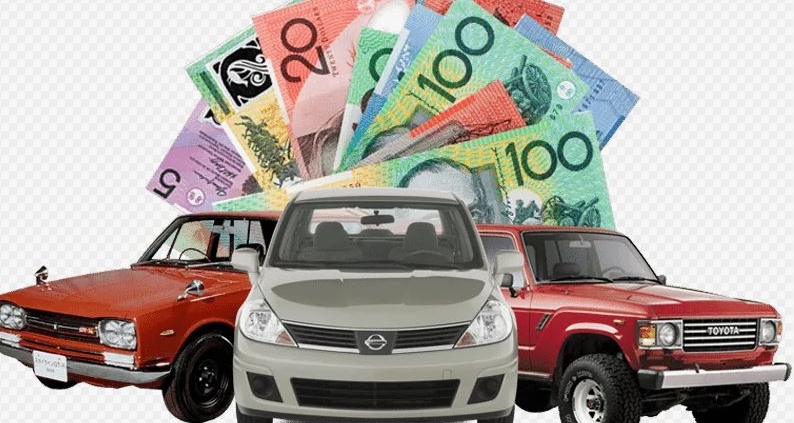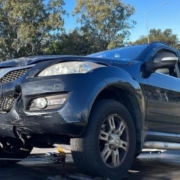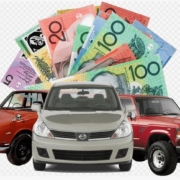Understanding Car Depreciation: Best Time to Sell Old Car
When it comes to selling your vehicle, one of the most important factors to consider is depreciation. Every car loses value over time, and understanding how this process works can help you decide the best time to sell. Whether you want to upgrade, downsize, or simply free up some cash, timing can have a big impact on how much money you receive. For those looking for Quick cash for old cars in Sunshine Coast, knowing the depreciation curve of your car is the key to maximizing returns.
What Is Car Depreciation?
Car depreciation is the rate at which a vehicle loses its value over time. Unlike real estate, which often appreciates, cars start losing value the moment they are driven off the dealership lot. On average, a brand-new car can lose up to 20–30% of its value in the first year alone. After that, the depreciation rate slows, but it still continues annually, usually around 15–20%.
This means that if you purchase a vehicle for $40,000, it could be worth only $28,000 by the end of the first year. By year five, its value may drop to nearly half of its original price.
Factors That Influence Depreciation
Not all vehicles depreciate at the same rate. Several factors affect how quickly a car loses value, including:
- Make and Model: Popular, reliable brands often hold their value longer.
- Mileage: Higher mileage means more wear and tear, which reduces resale value.
- Condition: Cars with regular maintenance and no accident history depreciate slower.
- Market Demand: Vehicle types in high demand (like SUVs) tend to hold value better.
- Fuel Efficiency: With rising fuel costs, economical vehicles depreciate slower than gas guzzlers.
- Technology Features: Cars with outdated tech often lose value faster than models with modern upgrades.
When Does a Car Lose the Most Value?
Cars lose value the fastest in the first three years of ownership. That’s when depreciation is at its steepest curve. After this period, the rate of depreciation slows down, and the car’s value becomes more stable.
This is why many financial experts suggest buying slightly used cars (two to three years old) instead of brand-new ones. At this stage, the biggest depreciation hit has already occurred, and you get better value for money.
Best Time to Sell Your Car
If you’re planning to sell your vehicle, the best time is before it hits the steep depreciation stages. Here are some key timeframes to consider:
- Before Major Mileage Milestones: Cars tend to lose more value after hitting 100,000 kilometers. Selling before this milestone often brings higher offers.
- Before Warranty Expiry: Cars under manufacturer warranty are more appealing to buyers.
- Before a New Model Launch: When new versions of the same model come out, older ones depreciate faster. Selling before the launch helps maintain value.
- Before Significant Repairs: If your car is about to need a major repair, selling it beforehand could save you money and earn you a better price.
If you’re searching for a Brisbane car removal service near me, this knowledge is especially useful. Professional removal companies often base their offers on market trends, vehicle age, and mileage. Selling at the right time means more cash in hand.
Should You Sell Early or Hold On?
The decision to sell depends on your goals. If your priority is maximizing cash, selling earlier—before heavy depreciation—makes sense. However, if you prefer to get full use out of your car, holding onto it for several more years may be more economical, even though resale value will be lower.
A practical approach is to balance usage with resale timing. For example, if your car is still reliable and doesn’t cost much in maintenance, keeping it may be better. But if upcoming repairs will cost more than the car’s value, selling immediately is often the smarter option.
Tips to Slow Down Depreciation
While you can’t stop depreciation completely, you can slow it down with smart ownership practices:
- Stick to regular maintenance schedules.
- Keep mileage as low as possible.
- Store your car in a garage to avoid weather damage.
- Avoid unnecessary modifications that may reduce resale value.
- Keep service records and receipts to prove proper care.
- Repair minor damages quickly before they worsen.
The Role of Market Timing
Apart from mileage and condition, timing in the wider market also plays a role. Selling during periods of high demand—such as when fuel-efficient cars are in demand due to rising fuel prices—can help you get a better deal. Similarly, selling in spring or summer often attracts more buyers compared to winter, when car demand slows down.
Conclusion
Car depreciation is an unavoidable reality, but understanding how it works helps you make smarter financial decisions. Selling at the right time—before major milestones or rapid depreciation phases—can significantly increase your return. Whether you’re targeting private buyers, dealerships, or specialized services, knowing the depreciation curve puts you in control. And if you’re considering quick solutions like Quick cash for old cars Sunshine Coast or professional removal options, remember that timing and vehicle condition are your biggest assets.
By planning ahead, maintaining your vehicle well, and selling before it loses too much value, you can get the most out of your investment and walk away with a fair price.







Leave a Reply
Want to join the discussion?Feel free to contribute!